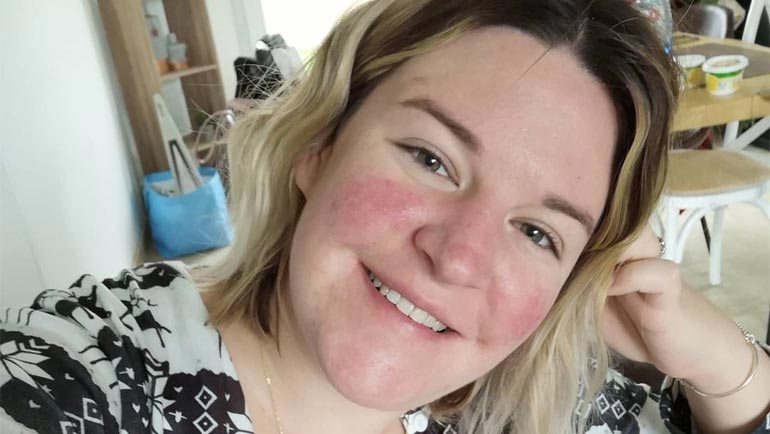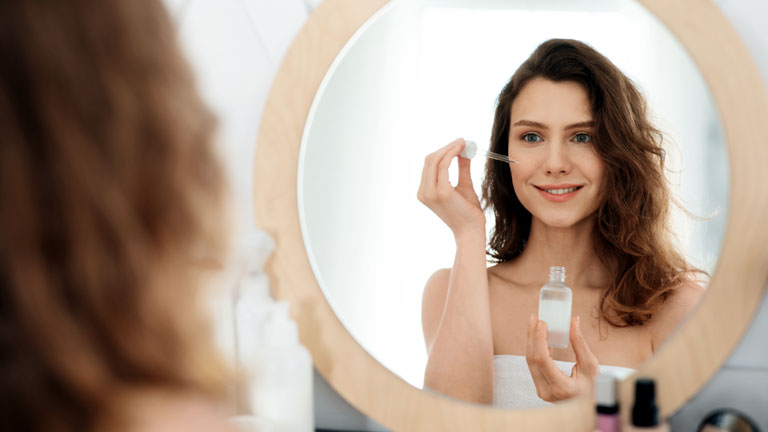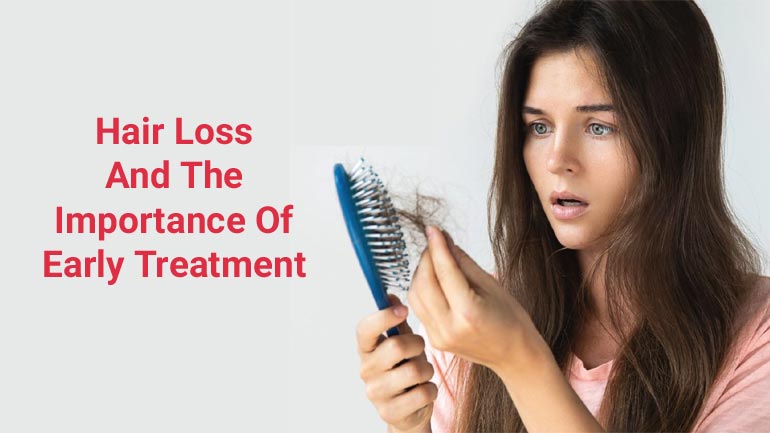
Rosacea is a complicated skin condition that presents in different ways in different people. Its root cause is also not widely understood, making it hard to cure. At best, it can be managed with the right products and the best laser treatments for the job.
Ultimately, a doctor should be diagnosing you with this condition. It’s never a good idea to try to self-diagnose. However, below we’ll explain some signs you may have rosacea, which you can speak to a doctor about.
Fair, sensitive skin
Rosacea is more common in fair-skinned people, especially women. However, men tend to have the worst symptoms, such as rhinophyma (more on that below). So, being fair-skinned, or having sensitive skin alongside the symptoms below, is a sign in itself that you may have rosacea.
A flushed face with red blotches on the skin
Rosacea can cause facial flushing. This is when your face becomes suddenly red. However, with most people, the flushing is temporary, or highly explainable. For example, being embarrassed, or getting hot too quickly can cause most people to flush.
However, with rosacea, facial flushing is chronic. It can result in red blotches on the skin. And the triggers can come easily.
Broken capillaries on the face (i.e. spider veins)
Capillaries are tiny blood vessels. When your skin receives some kind of trauma, such as from over-exfoliating, being sunburned, being frost-bitten, or squeezing too hard (from pimple-popping), it can cause broken capillaries. These broken capillaries look like tiny red lines in the skin, and they stay there long-term. Their medical term is “telangiectasia.” Colloquially, they are called “spider veins.”
With rosacea, broken capillaries happen very easily. They can come from spicy food, alcohol, hot showers, or even sneezing.
Red dry patches on the face
Rosacea can often be mistaken for skin problems like seborrheic dermatitis. One of its forms is of the ‘dry’ kind. Some people call this mild rosacea. The skin essentially becomes irritated, resulting in red, dry patches.
Sometimes, the red patches can look rough, bumpy, or like a plaque that seems like nothing more than redness. They often happen on the cheeks.
Red blemishes on the face
Rosacea can also cause red blemishes on the face. These look very similar to acne and are often treated the same way. However, their key difference is that they don’t produce whiteheads or blackheads. They are often pustules filled with fluid (i.e. pus). Sometimes, these can cause swelling.
Facial inflammation with itching, stinging, and burning sensations
Rosacea can cause an autoimmune reaction in the skin. This is essentially inflammation. It can look like a rash. With that can come swelling, itching, stinging, and burning sensations.
Skin thickening (rhinophyma)
Rosacea can cause the skin around the nose to thicken, which is called rhinophyma, or bulbous rosacea. Rosacea can also swell and produce excess, uneven tissue on the forehead and chin. It is important to treat this symptom early since it can be harder to treat as it advances.
Irritated, bloodshot eyes
Rosacea can affect the eyes and skin around the eyes, causing them to swell, water, sting, and become red. In extreme cases, if left untreated, these symptoms can lead to vision loss.
If you have signs of rosacea, see your doctor for a proper diagnosis
Rosacea is a condition that should not be left untreated. Its symptoms can get worse over time. Seeing a doctor is always wise if you feel you have the signs of rosacea listed above.
While you could try over-the-counter right products for rosacea, these are usually best used alongside prescription medications. Advanced solutions can involve rosacea laser treatments. Lasers are best for removing broken capillaries and thickening skin.




